Chrysler, Dodge Brands' Hazy Future Doesn't Worry Union Boss

For two brands steeped in Americana, Chrysler and Dodge sure seem to love Canada. Two Ontario plants continue cranking out Grand Caravans, Challengers, Chargers, 300s, and Pacificas, even as the 9,600-strong workforce in Windsor and Brampton grow leery of the future.
It’s not just the complete lack of interest Fiat Chrysler displayed in those particular brands during last month’s five-year plan unveiling; it’s also the threat of import tariffs on foreign-made vehicles that could very well sink across-the-border manufacturing.
Nah, it’s all good, says Jerry Diaz, president of the union representing Detroit Three autoworkers in the Great White North.
In the aftermath of the plan’s reveal, FCA CEO Sergio Marchionne, when questioned by reporters, said Chrysler would continue as a “people mover” brand, while Dodge would maintain its status as a maker of performance products (the Dodge Journey notwithstanding). The five-year plan focused solely on major global brands, he said, and Chrysler and Dodge don’t fit that bill.
Diaz isn’t concerned about the snubbed status of both Chrysler and Dodge. The Unifor president told Automotive News that FCA provided assurances that Windsor and Brampton will remain in the automaker’s production portfolio. Product commitments were included in that promise, though Diaz wouldn’t divulge the nature of the products.
“I take him at his word,” Dias said of Marchionne. “I doubt very much that he would want to see the fall of those plants on his watch.”
The thing is, Marchionne’s watch won’t last much longer. The longtime CEO retires next spring, with his replacement unknown at this point. And, depending on how trade talks between the U.S. and Canada go, the landscape could be a very different one come next year. Still, it’s not like FCA has much spare production capacity in the U.S.
FCA’s rear-drive cars and minivans remain strong sellers. Chrysler Pacifica sales are up 6 percent during the first six months of 2018. Dodge Challenger sales are up 4 percent on a year-to-date basis, while Charger posted a 4 percent year-to-date loss (both models recorded a June sales bump, however). The ancient but perpetually popular Grand Caravan continues to win the hearts and minds of buyers, with sales up 9 percent, year to date.
Only the Chrysler 300 — a model seen as an unlikely candidate for a new generation — seems to be facing widespread buyer abandonment. Its sales fell 13 percent, year to date, with volume down 19 percent in June.
While it was initially expected that the Charger and Challenger would gain a Maserati or Alfa Romeo platform come 2021, remarks made by Marchionne last month point to a top-down revamp of the existing (and totally ancient) LX platform. Attention would likely be paid to lightweighting the future Dodges in order to supplement more fuel efficient engine offerings. A turbo four or mild hybrid V6 will surely find its way into entry level models.
As long as they remain legal, it’s hard to see Dodge abandoning performance-heavy vehicles like the Charger and Challenger SRT Hellcat, or the recently unveiled Challenger SRT Hellcat Redeye. One reason to stick with the LX platform, besides costs, is that it’s a proven foundation for the vehicles’ prodigious power.
[Images: Fiat Chrysler Automobiles]

More by Steph Willems
Latest Car Reviews
Read moreLatest Product Reviews
Read moreRecent Comments
- Spectator Wild to me the US sent like $100B overseas for other peoples wars while we clammer over .1% of that money being used to promote EVs in our country.
- Spectator got a pic of that 27 inch screen? That sounds massive!
- MaintenanceCosts "And with ANY car, always budget for maintenance."The question is whether you have to budget a thousand bucks (or euro) a year, or a quarter of your income.
- FreedMike The NASCAR race was a dandy. That finish…
- EBFlex It’s ironic that the typical low IQ big government simps are all over this yet we’re completely silent when oil companies took massive losses during Covid. Funny how that’s fine but profits aren’t. These people have no idea how business works.

















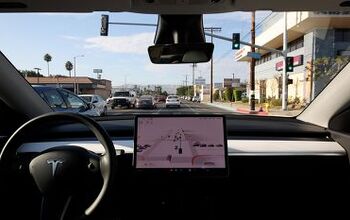
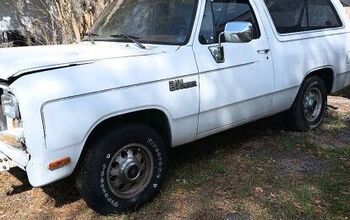
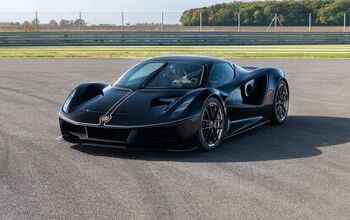

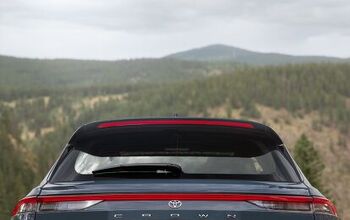
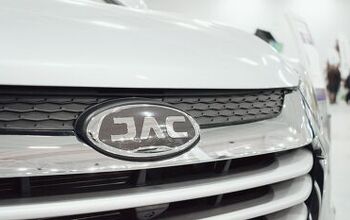

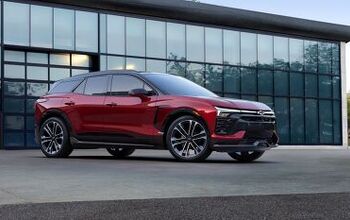
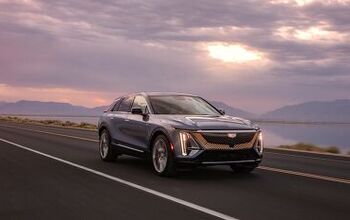
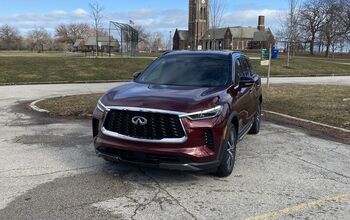


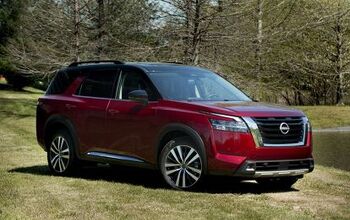

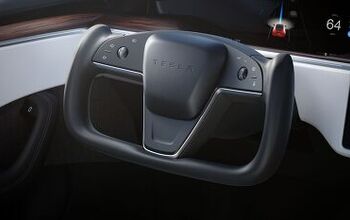
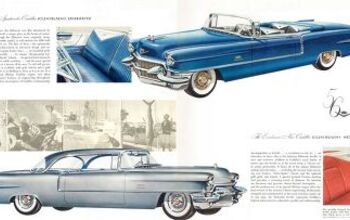
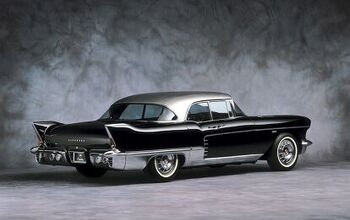

Comments
Join the conversation
Traditionally, platforms for large non premium vehicles have a long self life. Ford Panther : 33 years Ford D3 : 13 years GM downsized B-body : 19 years GM W-body : 28 years GM FWD G-body : 16 years Mopar M-body : 12 years Mopar LH : 11 years Mopar LX : 14 years
Notwithstanding the Chrysler 300/Dodge Charger have been produced since 2005 Consumer Reports assigns 2018 models a sales crippling "worse than average" reliability rating. Will Chrysler ever get them right?